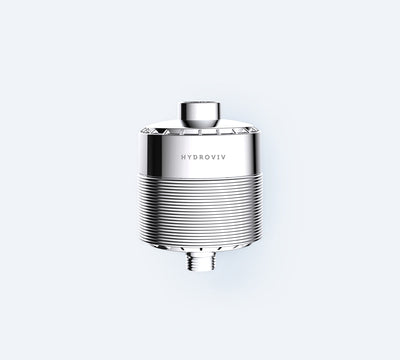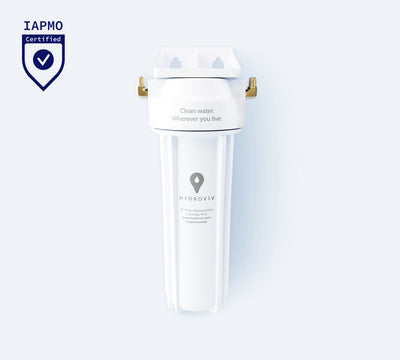Wildfires and Water Quality
RSS
Analies Dyjak, M.A. | Head of Policy
*Updated 9/17/20 to include current data
California, parts of the Pacific Northwest and the Southwestern United States are experiencing some of the worst wildfires in history. We’ve seen a significant increase in both the frequency and magnitude of these destructive natural disasters since 1990. These areas are naturally susceptible to drought-like conditions, but the magnitude of wildfires becomes further heightened due to global warming trends and poor timber harvesting protocols. The overall threat of wildfires is also increasing due to urban sprawl and higher densities of people moving to drought-prone locations. Wildfires can negatively impact water quality and here’s why:
How do Wildfires Affect Water Quality?
After a wildfire event, watersheds become vulnerable to erosion, sedimentation, runoff, and other freshwater impairments. 80% of freshwater resources originate or pass through some type of forested land. Forested watersheds naturally filter rainwater, slow the rate of storm water runoff, and contribute immensely to the health of surrounding tributaries. Once forested vegetation is destroyed, the rate and volume of runoff increases tremendously, which is influenced by topography of an area. Additionally, purifying capabilities become eliminated once forested vegetation is destroyed.
What Type of Water Quality Pollution and How Is It Treated?
Destruction from massive forest fires results in displaced debris, ash, and contamination. Loose detritus of any sort gets picked up and swept into waterbodies after a subsequent rain event. Water treatment facilities try their best to provide clean drinking water to municipalities, but an influx of suspended solids can make this a very difficult task. Extreme weather events can increase the rate of incoming water, containing high levels of suspended solids. Large deposits of sediment in a water treatment facility increases the levels of suspended material, specifically dissolved organic carbon (DOC), into your drinking water. It can also increase the turbidity or cloudiness of drinking water. Dissolved organic carbon molecules react with chlorine and chloramine, which are used to purify drinking water. This reaction creates disinfection byproducts which we are very familiar with here at Hydroviv.
Introduction of Chemicals Into Waterbodies
Fire retardant chemicals are necessary to contain wildfire destruction, but there are several negative consequences associated with their impact on freshwater resources. The typical "slurry" used to combat wildfires is a mixture of water, ammonium phosphate fertilizers, colorants, corrosion inhibitors, thickeners, stabilizers, and bactericides. Little is known about health effects on humans, but many of these contaminants are toxic to aquatic species. Per and Polyfluoralkyl Substances (PFAS) are major ingredients in Aqueous Fire Fighting Foam or AFFF. AFFF is typically used to extinguish fires derived from flammable liquids, and less so wildfires, but it's important to mention PFAS when talking about fire suppression. That being said, little is known about health effects associated with a typical fire suppressant slurry.
What To Do:
Listen to public disclosures and follow recommendations from state and local governments.
Other Articles We Think You Might Enjoy:How Does Stormwater Runoff Affect Drinking Water?
Surface Water Pollution: What You Need To Know
Does California Have a Lead Problem?




